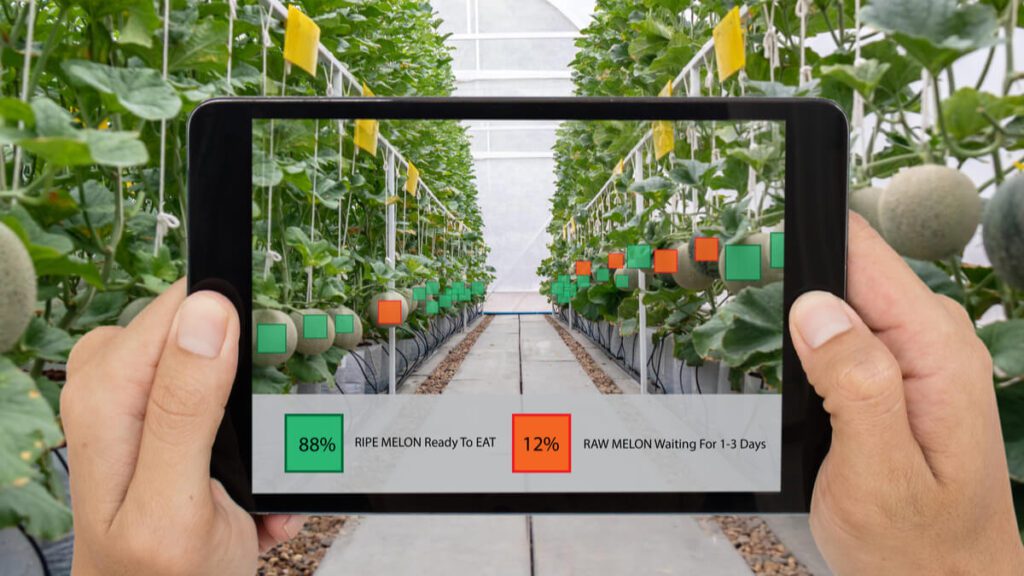
The current pandemic has really opened our eyes and showed us how fragile our food systems are. But fret not, tech comes to the rescue once again, with novel innovations in the field of vertical farming that are creating the building blocks for a sustainable blueprint to supply food to the world.
The global food supply chain suffered the most from the coronavirus, as the pandemic directly manifested the following problems:
- Farmers couldn’t transport their produce to market
- Labourers were unable to tend to the crops
- Consumers had to adapt to different/new methods of sourcing their food
- Schools, restaurant, and stores were shut down
As the world slides into the pandemic’s second wave, redesigning and reengineering the global food supply chain becomes a must to steer the ship into the right direction.
Enter vertical farming.
Essentially, vertical farming is the process of using energy intensive systems of crop production involving the integration of multiple technologies (big data analytics, robotics, Internet of Things (IoT), artificial intelligence) so that crops can grow well without any agronomic constraint. We break down the top benefits of vertical farming and their importance in a post-pandemic world.
1. Closer proximity to markets resulting in increased efficient distribution
During the pandemic, most transportation channels witnessed a disruption due to government enforced rules and regulations. Which resulted in an increased difficulty for merchants to transport their goods to the market.
Vertical farming has a significantly smaller footprint when compared to traditional farming methods. Meaning they can be setup inside or closer to urban areas. This proximity to the market will also reduce CO2 emissions and transportations costs, not to mention that delivery time to market and freshness of goods will also improve.
2. Technology fueling vertical farming
While vertical farming is still considered to be in its infancy, there are several technologies today at the disposal of vertical farmers, mainly their ability to control and monitor:
- Lighting
- Irrigation
- Air temperature and humidity
- Nutrients, PH and CO2 levels
- AI, big data and intelligent controls
Several advancements in the fields of AI, intelligent control technology, and LED grow lights have acted as catalysts for vertical farming, enabling year-round growing, maximizing crop yields, refining crop quality, and standardizing production with no seasonal downtime.
3. Vertical farming is modular and scalable
Vertical farming can quickly meet changing market demands due to its ability to respond to food demand. Vertical farms have the ability to be modularized, which means the modules can be shipped and quickly set up where there is demand.
They can also be added to and scaled to shelter the rotation of crops depending on market needs. This scalability allows farmers to set up vertical farms quickly and almost anywhere there is a need for food.
What we’re all currently going through together has helped us realize the importance of having sustainable food systems.
With the advancements in technology, and with connectivity on the rise, we will later see these advancements being directly manifested in agriculture and farming as vertical farming garners traction – all of which, will directly translate into a better life for all.